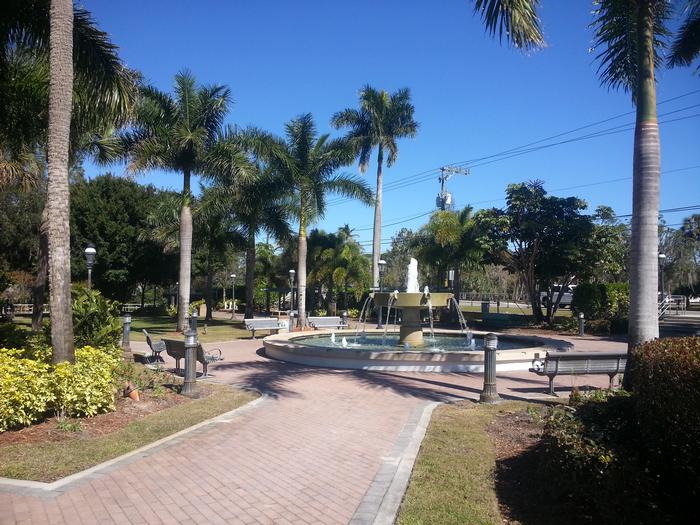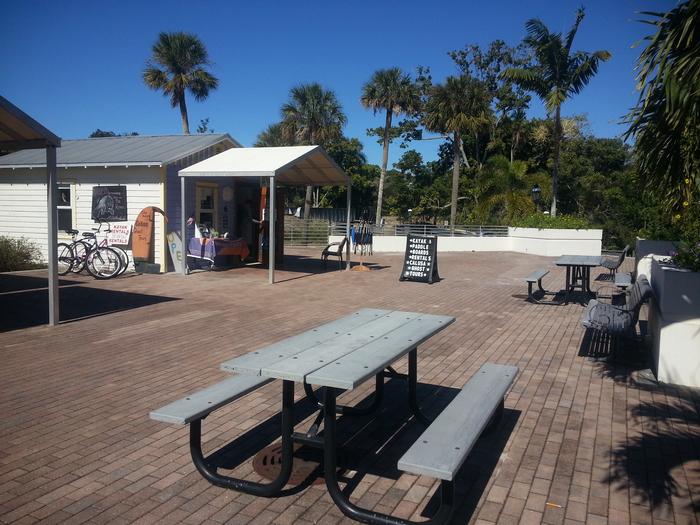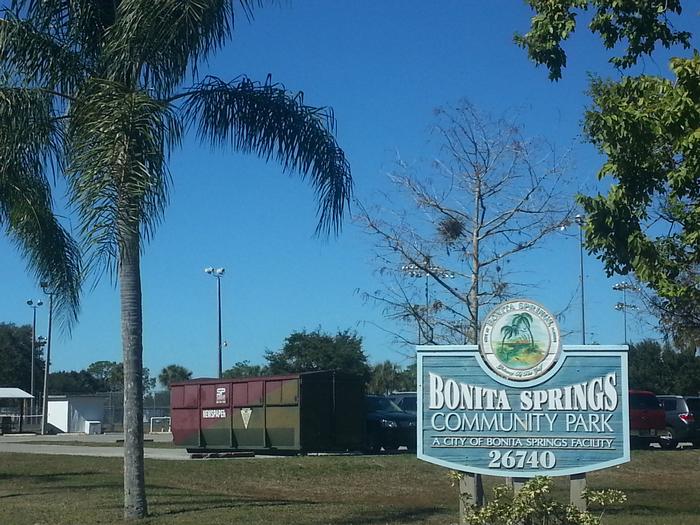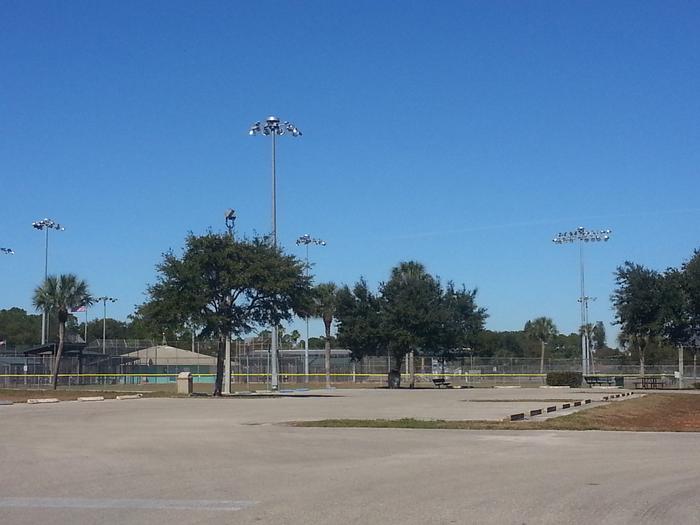[ID:1106] A Walk in the Park: Identity and Mental HealthUnited States When we think of "infirmity” in terms of health, the thought is almost always directed towards a physical illness, injury, or disease. Although health is defined as “a state of complete physical, mental, and social well-being,” we often neglect the importance of non-physical health. Mental health is associated with self-conception, self-esteem, and the possession of identity. Furthermore, identity can be broken down into specifically personal, social, and place identity. Personal identity is composed of the idiosyncrasies specific to each human being. Place identity refers to an emotional connection, through experience and interaction, to a physical setting. Social identity is the self-concept of perceived membership to relevant social groups. Through influence on each of these, the built environment has a substantial effect on a person’s overall identity and mental health. Unfortunately, architects do not always let this knowledge influence the design of places and spaces society inhabits. The built environment—specifically the interior and exterior rooms one inhabits daily—is a contributor to the formation of personal, social, and place identity. Schools, neighborhoods, and housing contribute to identity as much as employment and heritage. Research on this relationship between identity and the environment, guided my selection of two spaces in my hometown of Bonita Springs, Florida: Riverside Park and Community Park. Each park is located in the historic center of the city, but one promotes while the other inhibits identity and mental health. A comparison of these two environments demonstrates that architecture and urbanism’s influence is not solely on physical health—through walkability and connectivity, for example—but also indirectly on mental health, by strengthening a sense of both social and place identity. My hometown of Bonita Springs, which means “pretty springs,” has a multicultural but predominantly Latin-American population. Effects of the two spaces on the identity and mental health of community members are compared, especially considering the spaces’ functions as both a park and a public space. Additionally, the comparison is focused on how public spaces indirectly affect identity and mental health of migrant cultures, yet many principles remain applicable across cultures. The design of Riverside Park reflects the multicultural population of the city. Situated on the main street of historic downtown, Riverside Park’s northern edge is defined by the river, on the west by train tracks, and on the east and south by small commercial buildings. The heart of the park contains a civic building—formerly a small Old Floridian hotel—which community members visit for legal matters and historical tours. Riverside Park promotes the physical, social, and mental health of community members. When walking through the park there is a sense of community because people are on the street, in the park, and surrounding businesses are consistently humming with activity. As a Honduran-American, I am especially aware of the challenges immigrants encounter upon arrival and throughout their lives in the United States. Growing up in a community comprised mainly of immigrants, I noticed their reactions to a foreign environment and how these permeated through to their social wellbeing and mental health. Cultural assimilation to American culture could be facilitated or limited through the built environment. Moving to a new place is one of the most stressful life events a person experiences; parks provide restoration from this stress, a welcoming community environment, and encourage initial social interaction. Therefore the success of parks and public spaces lies in their relationship to identity and promotion of mental health. The two Bonita Springs parks greatly differ in their mitigation of stress and promotion of mental health, largely through social interaction, among its immigrant users. Riverside Park contains a band shell, surrounded by green space, that frequently accommodates community performances such as dramatic functions, holiday concerts, and dance recitals. This stage is nestled within the center of the city so when one performs, a feeling of social inclusion follows—the whole community seems to be watching. This park provides a setting for activities that promote cross-generational interaction. Society often segregates age groups with entertainment spaces catering to only adolescents, middle-aged persons, or retired individuals; entertainment facilities can, however, promote intergenerational interaction by occurring within the same space. Citizens of Bonita Springs more often will congregate in spaces that welcome intergenerational interaction. Hispanic immigrants’ high prioritization of time spent “en familia” is linked to healthier feelings of social identity. Riverside Park’s large fountain and small artist cottage studios address daily cultural and social needs of community households: the after dinner walk with family to sit around the fountain; a visit to the cottage studios to see what new Floridian landscape has emerged; or renting a kayak to paddle down the river for weekend relaxation. The multitude of memories, both individual and familial, constantly formed in the park contributes to its users establishing a strong place identity. Public spaces that attract community members of all ages promote healthier family dynamics and stronger social ties, both associated with good mental health. Persons belonging to families with more stable social interactions often translate that stability into their individual behaviors. When asked to describe their experience of Riverside Park, one community member responded, “I like how Riverside feels like it’s in the middle of everything.” Riverside Park’s success lies not only in what resides within it, but also in what borders it. Businesses around the park include an ethnic food mart, a bicycle shop, a hair salon, and a community center. Although all very commonplace things, the community’s identification with the activities within these establishments promotes social interaction, memory formation, and commitment to the preservation of those spaces for posterity. The businesses surrounding Riverside Park are continuously successful because they reflect the evolving needs of the migrant community—a hair salon provides the traditional place for female congregation and interaction, a bicycle-shop repairs the most economically feasible and favored mode of transportation, and a community center celebrates the transition of youth into adulthood through the typical Quinceañera. Businesses surrounding the park demonstrate that the design of the built environment can be adapted to demands of a changing population. This encourages community members’ feelings of personal, social, and place identity—and consequently better mental health. Riverside Park also contributes to identity and mental health by embracing Floridian history and natural resources. A connection to nature, or even a direct view of nature, has proven beneficial to mental health. Successful parks carefully consider and proudly display their region’s natural cues. Minnehaha Park in Minneapolis, for example, surrounds Minnehaha Falls, allowing the visitor to experience the natural environment throughout his/her hike, bike, ride, or walk in the park. Grant Park in Chicago offers views of Lake Michigan and Chicago skyline. Riverside Park takes advantage of the city’s main river for different water activities and entertainment. I recently saw a moving scene, epitomizing the strength of a sense of identity, at a function held in Riverside Park. At a Fourth of July concert, packed with people, all citizens of Bonita, it seemed, were there. Not only were they present, but they were simultaneously belting, “I am proud to be an American.” All types of Americans—Honduran-Americans, Mexican-Americans, and seventh-generation Americans—were in the park, confirming their personal, social, and place identities in perfect unison! The sense of identity and community was so strong, it was almost tangible. That experience clearly showed that the community had assimilated to their new environment and established a sense of this newfound identity. Moments like these exemplify the benefits of a holistically healthful environment by promoting community, stability, and mental health. Bonita Springs Recreational Center and adjoining Community Park, on the other hand, is just a few streets north of Riverside Park but an abjectly different experience. Community Park can most simply be described as chain of isolated public spaces. Various athletic courts and fields are dispersed throughout, and each clearly delineated with rusting chain-link fences. In between vast amounts of parking, community members find a playground and pond. Users I spoke to all seemed to have the same opinion of Community Park—any interaction or use of the park was instigated by the Recreational Center. The Rec Center provided childhood experiences, but as soon as children were old enough to drive, they chose to visit different parks, including Riverside Park. “It just feels lonely,” responded one interviewee. Since isolated spaces exacerbate feelings of depression, isolation, and anxiety, it is not surprising that Community Park visitors were, and contunue to be, scarce. Personally, I spent a lot of time at Community Park when I was a child. I enrolled in camps at the Recreational Center every summer, I learned to dribble a basketball on the asphalt, and I quit tennis after my third lesson on the Community Park courts. My sentimental attachment to the Park is infinite, but I have never once taken visiting friends for a walk through the park. The park does not offer an environment that one is intrinsically proud of, one that is innately representative of personal, social, or place identity. Furthermore, Community Park does not have a title reflective of the surrounding community, whereas Riverside Park references its natural surroundings. Although the Rec Center activities promoted social interaction and identity, once the game was over, so was the conversation that connected any group of kids. Community Park does not promote a bond with the park, nature, or other community members beyond time spent there for planned activities. The time I spent at Community Park was not a spontaneous or leisurely encounter with nature; it was completely organized and largely out of my control. I was driven there, and picked-up by car to return home. Even while there, activities were limited because the fenced, single-use spaces never permitted improvisation. Even though all spaces were for public use, visitors felt like intruders, especially when lacking proper equipment for the ‘designated’, singular use of the space. A soccer ball would not be appropriate to kick around on the baseball field, even if no one was using it. Additionally, over-luminescent lamps, lit after sunset signaled everyone’s journey home because parents felt a need to remove their children from the park before dark. While providing plenty of square footage for physical activity, Community Park does not promote social or mental health. The environment is stressful for parents with children who perceive the park as unsafe and it lacks qualities necessary to establish personal, social, or place identity. The hyper structured quality of social interaction, general isolation of the space, and mediocrity in organization of the areas limited any formation of personal, social or place identity. The low number of visitors magnifies the shortcomings of Community Park, in comparison to Riverside. As an architect and designer, I would spatially define Community Park’s edges with buildings, not fences. Removing fences and defining edges with buildings would increase perceived and actual safety. Parks surrounded by mixed-use buildings welcome more people and eyes on the street [park]. Community members using the park would not feel threatened by a wandering stranger, as other people would be around to observe. I would also design more multi-purpose athletic courts and relocate parking to the periphery to ease parental concerns about possible traffic accidents, and allow children to run freely. Additionally, I would work with the Recreational Center to promote use of the park by community members, and not just the building, through additional programming and incentives. For example, city facilities such as the public library and public pool—both next door to the park—could host activities in the park and attract more visitors by establishing connectivity between nearby recreational spaces. Additional ongoing activities would encourage spontaneous social interaction among people in the park. I would also speak with the community members about their needs and strive to make them feel represented through participation in the city’s planning and design. I imagine members would request a soccer field (as the most popular sport in the area) and more bike racks. Finally, I would take more advantage of the possibilities the park site affords to connect people to nature and celebrate the pond and native Florida plantings through landscape design. Improvements on Community Park could transform it into another space that promotes mental and social well-being. As society becomes denser and increasingly urban, we must not relinquish use and design of successful public parks and spaces. As social beings, our identity is based on interaction with others, and we must carefully design spaces in which we meet. Public spaces should be easily-accessible hubs of social interaction. We should also note that our migrant populations must be considered as being particularly vulnerable to the effects of a new environment on identity, social health, and mental health. When we, as architects and a society, become as informed about the social and mental effects of the built environment as we are about its physical effects, we can achieve a holistic approach to design that is paramount. For starters, we can study historic cities as models and implement their fundamental design approaches in a variety of contemporary ways to promote identity and mental health. Efforts such as New Urbanism, environmental consciousness, and the organic, local food movement are all rooted in principles that not only promote holistic health, but also environmental, economic, and social sustainability of humanity and the planet. Innovative architecture and design must consider sustainable aspects of historic town planning and adapt them to contemporary needs of present society. Personal, social, and place identity are very specific to a time, people, and place and must be consistently analyzed contextually. As architects, we carry a civic responsibility to guide our work towards a more identity-oriented, appropriate, and therefore healthful design. Each community provides a set of unique characteristics—the identity that each encompasses—which can serve as tool for contextual design. We must inculcate in our formal education the urgent need to exercise these tools—whether we are designing buildings or public spaces. Understanding the repercussions of public space on mental health is especially critical in the U.S., where communities of all cultures are growing and the rate of mental distress and illness is continually increasing. The promulgation of the field of architecture demands healthful design, or the built environment will lose its connection with people. When a community, not only sees but feels, a connection to its built environment the structures and spaces become symbols for the community—symbols that, through time, can continually establish the identity of the place itself.
References
Arreola, D. D. (2012). Placemaking and Latino Urbanism in a Phoenix Mexican immigrant community. Journal of Urbanism: International Research on Placemaking and Urban Sustainability, 157-170.
Frumkin, H. (2002). Urban sprawl and public health. Public health reports, 117(3), 201.
Halpern, D. (1995). Mental health and the built environment: More than bricks and mortar?. Taylor & Francis.
Hernández, B., Carmen Hidalgo, M., Salazar-Laplace, & Hess, S. (2007). Place attachment and place identity in natives and non-natives. Journal of environmental psychology, 310-319.
Lengen, C., & Kistemann, T. (2012). Sense of place and place identity: Review of neuroscientific evidence. Health & place, 1162-1171.
Proshansky, H. M., Fabian, A. K., & Kaminoff, R. (1983). Place-identity: Physical world socialization of the self. Journal of environmental psychology, 57-83.
If you would like to contact this author, please send a request to info@berkeleyprize.org. |




